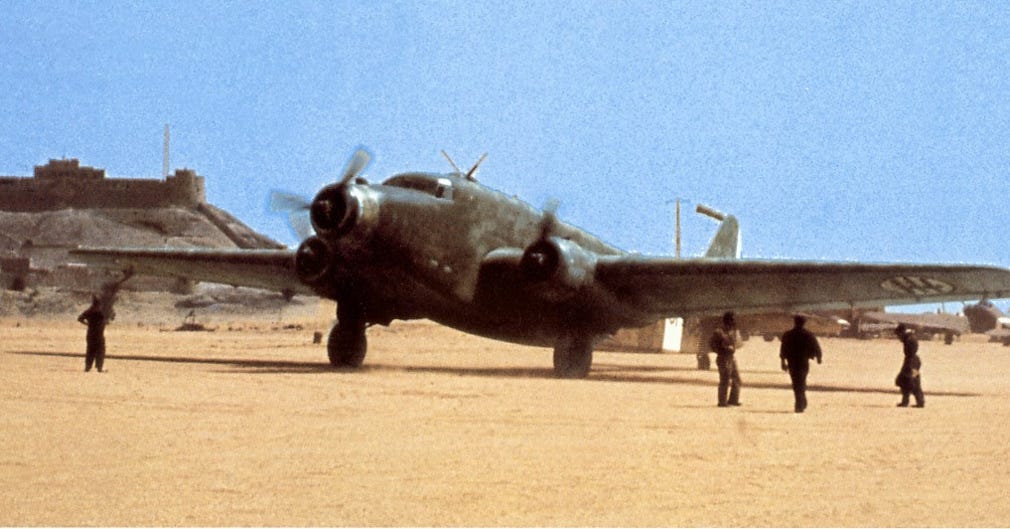In 1940, Italian Bombers Flew Thousands of Miles—And Ushered in a Whole New Era of Air Warfare
Italy pioneered very-long-range air raids
On June 10, 1940, Italy officially declared war on the United Kingdom. Eager to strike British interests wherever it could, the Italian air force began bombing energy installations in the Middle East.
The goal: to disrupt oil supplies to Britain’s Royal Navy. One early regional target was Palestine, then under the British Mandate.
On July 15, five Savoia-Marchetti SM.82s, each powered by three Alfa Romeo propeller engines, took off from the Greek Dodecanese Islands and headed east. The flight, led by the infamous Fascist politician and aviator Ettore Muti, traveled at least 450 miles before arriving over the coastal city of Haifa.
There, they dropped at least 50 bombs aimed at the port and energy installations. Italian bombers carried out another similar air attack against refineries in Haifa nine days later.
The raids ignited fires that burned for days and successfully halted production for weeks. Another Italian raid on Palestine would prove much more damaging in terms of casualties. On Sept. 9, a squadron of Italian planes rained down bombs on an unsuspecting Tel Aviv south of Haifa, killing 137.
While the SM.82s in those attacks could adequately function as heavy bombers, Italy and Nazi Germany primarily used them as military transports throughout the war. Still, their early use in the Middle East arguably served as initial demonstrations of the bloody possibilities of strategic bombing.
Incidentally, 29 years earlier in November 1911, Italy carried out the first-ever air raid when pilot Giulio Gavotti dropped hand grenades out of his monoplane, targeting Ottoman forces in Libya. Gavotti instantly made history.
While the 1940 air raids on Palestine did inflict death and destruction, the distances involved were nothing compared to the next Italian raid in the region. Early on Oct. 19, four SM.82s—again led by Muti—took off from Rhodes and flew in formation toward the Persian Gulf, a 15-hour journey.
En route, one of the bombers lost the rest of the formation but continued on its predetermined destination, maintaining radio silence.
Keep reading with a 7-day free trial
Subscribe to Trench Art to keep reading this post and get 7 days of free access to the full post archives.





